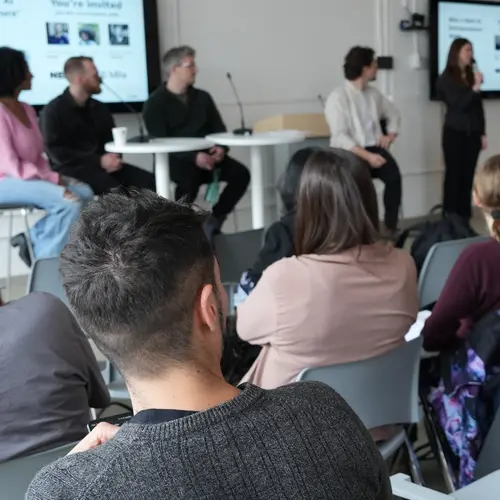
Matt Perich
Biography
Matthew G. Perich is an assistant professor in the Department of Neuroscience at Université de Montréal. His research program fuses AI and computational neuroscience with experimental neurophysiology and neural engineering to study how biological brains coordinate motor behaviours and ultimately guide the development of next-generation neuroprosthetic devices for rehabilitation.



